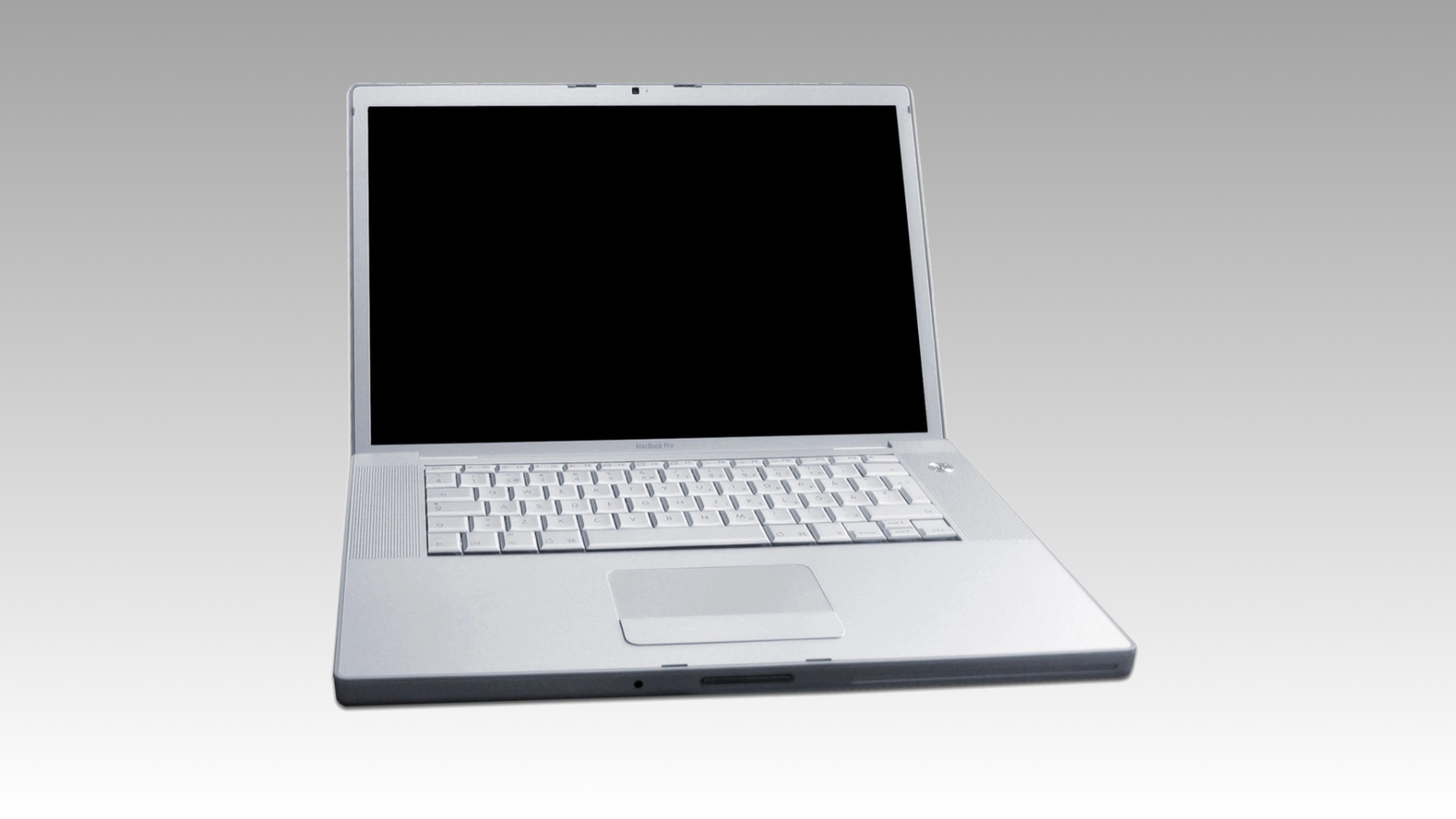02.14.2025
Apple launched the original MacBook Pro 19 years ago today. Jobs announced the MacBook Pro at the Macworld Conference & Expo in 2006. It was the first Mac notebook to

Jobs announced the MacBook Pro at the Macworld Conference & Expo in 2006. It was the first Mac notebook to transition from PowerPC processors to Intel's Core Duo architecture. Designed to be an Intel-based replacement for the PowerBook line, the MacBook Pro took a similar aluminum chassis and added an Intel Core processor, a webcam, and the MagSafe power connector. Its display was 67% brighter than its predecessor, matching the luminance of Apple's standalone Cinema Displays.
Apple claimed that the Intel processors delivered "up to four times the performance of the PowerBook G4." The transition was supported by Rosetta, a software translation layer that allowed PowerPC applications to run on Intel-based Macs.
The original MacBook Pro came in two configurations, both with 15.4-inch widescreen displays offering 1440 x 900 resolution. The entry-level model featured a 1.67 GHz Intel Core Duo processor, 512MB of DDR2 RAM, and an 80GB hard drive, while the higher-end model boasted a 1.83 GHz processor, 1GB of RAM, and a 100GB hard drive. Both models included ATI Mobility Radeon X1600 graphics cards. The 15-inch model weighed just 5.6 pounds and was only one inch thick.
It also featured two USB 2.0 ports, a FireWire 400 port, a Gigabit Ethernet port, and an ExpressCard/34 slot for expandability. The exclusion of FireWire 800 in the initial 15-inch models drew criticism from some users, but this port was later restored in subsequent revisions. Initially only available with a 15-inch display, Apple introduced a 17-inch variant in April 2006.
Over the years, the MacBook Pro line evolved through various design and technological iterations, including the unibody construction in 2008, the Retina display in 2012, and the controversial Touch Bar in 2016. The transition from Intel to Apple Silicon in 2020 marked the end of the Intel-based MacBook Pro era, as Apple moved to its proprietary M1, M1 Pro, and M1 Max chips.
This article, "Apple Launched the MacBook Pro 19 Years Ago Today" first appeared on MacRumors.com
Discuss this article in our forums
You may also be interested in this
You might be using ChatGP…
01.19.2025
Macworld There’s more to AI than just answering basic prompts. Sure, that can save you time, but that’s only a fraction of what tools like ChatGPT can do. Don’t know
Outstanding Beats Studio …
08.24.2023
The cans' first discount is a doozy -- you can get them on Amazon for $250. That's $100 off the regular price of $350! (via Cult of Mac - Tech
Deal: Save $60 on AirPods…
07.03.2023
AirPods are the most popular wireless headphones on this planet. It was initially launched in 2016 alongside iPhone… The post Deal: Save $60 on AirPods Pro (2nd Gen) appeared first
Apple Gearing Up to Add H…
09.23.2024
Apple is working behind the scenes to get ready to introduce Hearing Assistance functionality to the AirPods Pro 2. The latest iOS 18.1 beta does not have the feature enabled
Need a gift for an Apple …
12.11.2023
Macworld Got an Apple fan on your gift list? Then the ZeroLemon MagJuice+ is going to be perfect for them. And since you can now get it under $50, it’ll
Google to Unveil Pixel 9 …
07.01.2024
Google will refresh its product lineup this year in the middle of August rather than its usual October timing, which means its latest flagship Pixel smartphones will debut ahead of
Apple halts MacBook, iPad…
08.04.2023
Apple is among the biggest tech names freezing new imports of laptops and tablets to India after the South Asian country abruptly banned inbound shipments without a license. Others include
The OpenCore patcher will…
06.07.2023
The upcoming macOS Sonoma from Apple will have a different range of supported Macs compared to macOS Ventura, but the OpenCore Legacy Patcher team is working now to bring the


